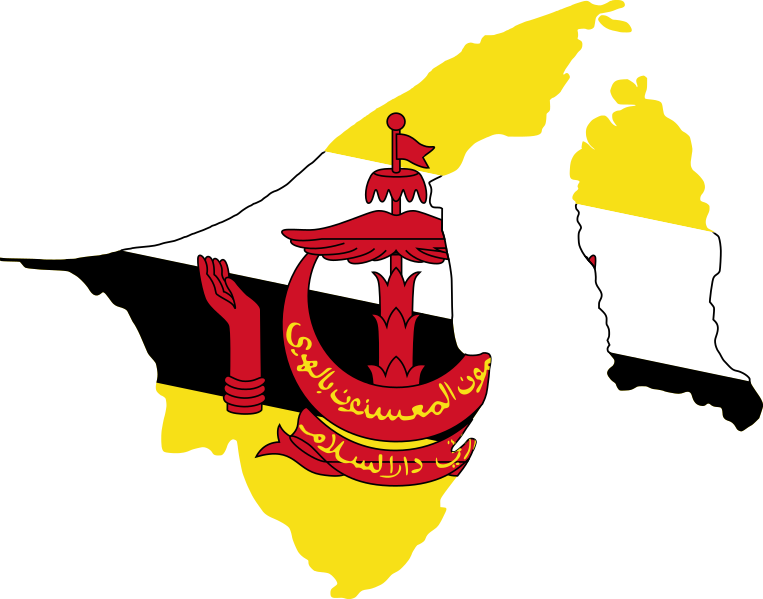India gears up for next round of Ballistic Missile Defence tests news
 January 24, 2009, New Delhi -- Reports emerging here suggest that India is preparing to conduct another round of Ballistic Missile Defence (BMD) tests next month. This will be the third BMD test in the series, and will also involve testing the indigenously developed "Swordfish" long-range tracking radar.
January 24, 2009, New Delhi -- Reports emerging here suggest that India is preparing to conduct another round of Ballistic Missile Defence (BMD) tests next month. This will be the third BMD test in the series, and will also involve testing the indigenously developed "Swordfish" long-range tracking radar.
"Defence Research and Development Organisation (DRDO) will conduct the test of its interceptor missile and missile tracking radars next month for validating the advancements made in the air defence (AD) programme," defence ministry sources said in New Delhi over the weekend.
The two earlier tests, in November 2006 and December 2007, successfully tested the Prithvi Air Defence (PAD -exo-atmospheric) and the Advanced Air Defence (AAD-endo-atmospheric) interceptor systems. It would appear that the main thrust of the forthcoming tests would be to validate the capabilities of the indigenously developed 'Swordfish' Long Range Tracking Radar (LRTR).
Swordfish is a target-acquisition and fire-control radar designed for the BMD system. "The missile to be hit will be fired from a longer distance than it was in the earlier test. DRDO will test whether the radar can track the incoming missile from that distance or not," officials said. The radar will be instrumental in tracking an incoming hostile missile which will be intercepted by the PAD exo-atmospheric interceptor missile at an altitude over 80 km from earth, defence sources said.
The radar will be instrumental in tracking an incoming hostile missile which will be intercepted by the PAD exo-atmospheric interceptor missile at an altitude over 80 km from earth, defence sources said.
Dr. VK Saraswat, distinguished scientist & chief controller of missiles and strategic Systems (CC-MSS) informed the media that the AD programme was at a "fairly advanced stage" now. "The building blocks of BMD such as the surveillance, tracking and battlefield management systems have been developed," he said.
He also revealed that DRDO had developed a very "robust command and control system" for the AD programme, which could "survive and deliver" in any environment.
"Our command, control and communication system can work in a networked form and survive and deliver even in a high electronic warfare (EW) environment," he said. Given persistent reports that nations were interested in supplying BMD systems to India, Dr Saraswat clarified that though the country was always open for cooperation in developing technologies for the strategic BMD programme, it would "not buy" any ready-made BMD systems from any country.
Given persistent reports that nations were interested in supplying BMD systems to India, Dr Saraswat clarified that though the country was always open for cooperation in developing technologies for the strategic BMD programme, it would "not buy" any ready-made BMD systems from any country.
"We have done some thinking on cooperation with countries such as Russia, United States and Israel in this programme and we have taken their help also in developing some of the technologies, such as the 'Swordfish' radar for the BMD with Israel, but we will not buy anything ready-made from outside," Saraswat said.
DRDO's BMD programme is structured around a two-tiered system which consists of two interceptor missiles - the PAD for high altitude (exo-atmospheric) interception and AAD for low altitude (endo-atmospheric) interception.
The February tests will be followed by another round of tests at the end of the year aimed at enhancing the capabilities of the AAD endo-atmospheric missiles, designed to intercept missiles at altitudes up to 15 km.
The Prithvi Air Defence Exercise (PADE) tests of November 2006 resulted in India becoming only the fourth country in the world, after United States, Russia and Israel, to have successfully developed an anti-ballistic missile system.
It is now being given to understand that if tests in 2009 are successful then the DRDO will look at a possible deployment of the BMD system by 2015.(domain-b.com)


 rhsukarsa
rhsukarsa













































